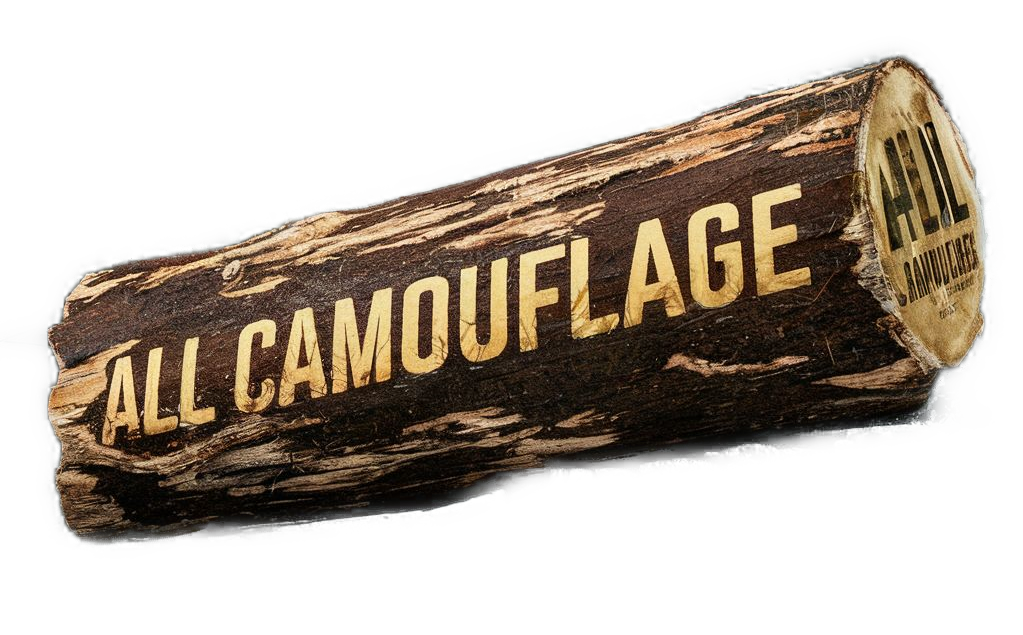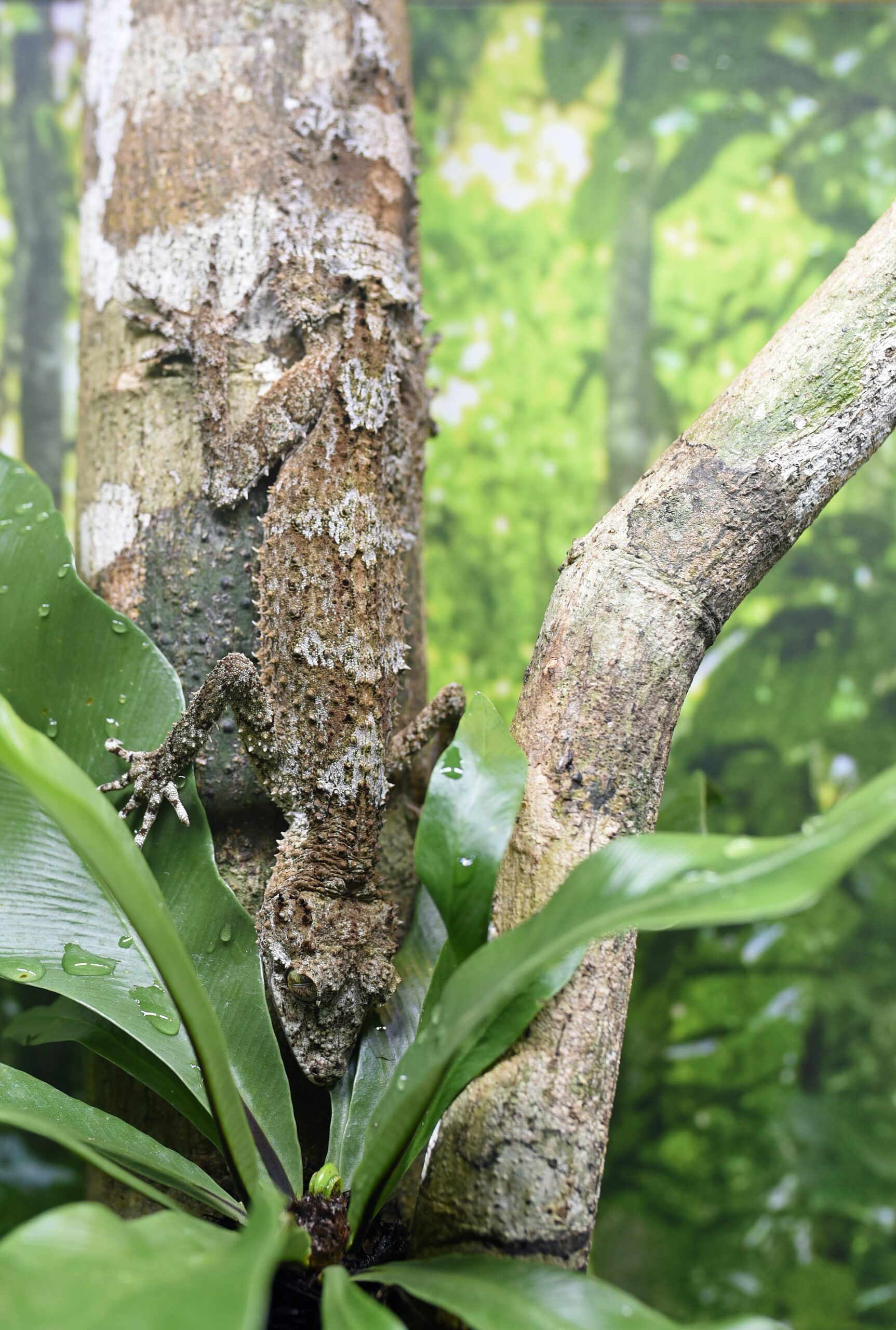Camouflage clothing fashion has a deep-rooted history, with various historical influences shaping its development over the years. From its origins in military applications to its modern-day popularity in the fashion industry, camouflage clothing has truly stood the test of time. Let’s explore some of the key historical influences that have played a significant role in shaping this iconic and versatile fashion trend.
Origins of Camouflage in Military History
Use of camouflage in prehistoric era
Camouflage clothing has a rich history that can be traced back to the prehistoric era. Even in those ancient times, people recognized the strategic advantage of blending with their surroundings in order to hunt more effectively or remain hidden from enemies. Archeological evidence suggests that early civilizations, such as the ancient Egyptians and Native Americans, utilized natural materials like hides and foliage to create camouflage attire. These early forms of camouflage laid the foundation for the development of military camouflage in later centuries.
Evolution of military camouflage during World War I and II
The true emergence of military camouflage came during World War I and II. In these wars, soldiers realized the importance of concealing their positions and blending into the environment to gain a tactical advantage. The advancements in weaponry and the introduction of aerial reconnaissance emphasized the need for effective camouflage techniques. Military leaders and scientists began experimenting with different patterns, colors, and materials to create uniforms that could make soldiers less noticeable on the battlefield.
Transition from traditional military uniforms to camouflage
Following the world wars, military organizations around the world recognized the value of camouflage and started incorporating it into their standard uniforms. The shift from traditional uniform colors, such as bright colored jackets and pants, to earth tones and disruptive patterns like the famous woodland camouflage patterns was a significant milestone. Camouflage helped soldiers to merge with their surroundings, making them harder to spot and increasing their chances of survival. This transition marked the beginning of a trend where camouflage became synonymous with military identity and effectiveness.
Influence of Vietnam War on Camouflage Fashion
Induction of the Tigerstripe camo
The Vietnam War played a groundbreaking role in the evolution of camouflage fashion. During this conflict, soldiers realized the limitations of traditional camouflage patterns in the dense jungle environment. As a result, the infamous Tigerstripe camouflage pattern was developed to suit the needs of soldiers fighting in Southeast Asia. The Tigerstripe pattern incorporated larger and irregular shapes that mimicked the dense foliage, allowing soldiers to blend in more effectively.
Transformation of military gear into fashion icons
The influence of the Vietnam War on camouflage fashion didn’t stop at the battlefield. Returning veterans, influenced by their experiences, brought back military gear adorned with camouflage patterns and incorporated them into their everyday attire. This trend quickly caught on, not only as a symbol of patriotism, but also as a fashion statement. Military surplus stores began selling surplus camouflage clothing, and civilians enthusiastically embraced the rugged, utilitarian appeal of these garments. The transformation of military gear into fashion icons marked the beginning of the mainstream adoption of camouflage in everyday fashion.
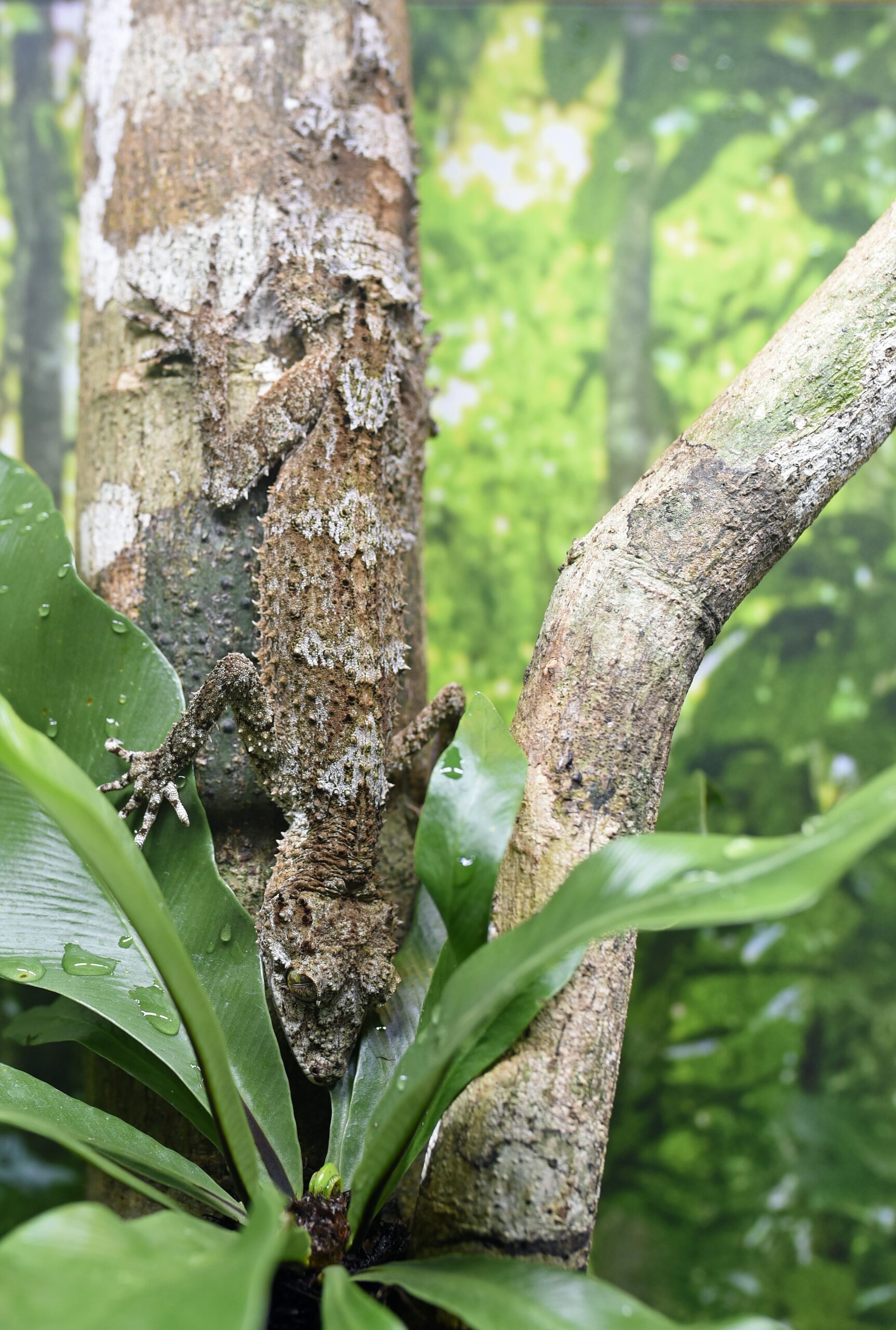
Influence of Hunting and Outdoor Activities
Adoption of camouflage in hunting gear
Hunting has been a popular activity throughout human history, and blending with the natural environment has always been crucial for success. Camouflage began to gain prominence in hunting gear during the mid-20th century as hunters recognized the advantage of concealing themselves from their prey. Camouflage patterns were incorporated into hunting clothing, accessories, and even equipment like blinds and tree stands. The use of camouflage in this context further popularized the pattern and its association with the outdoors.
Role of outdoor activities in popularizing camouflage fashion
Outdoor activities such as hiking, camping, and fishing also played a significant role in popularizing camouflage fashion. As people began to spend more leisure time in nature, they sought clothing that offered both functionality and style. Camouflage patterns became a symbol of adventure and an expression of connection to the natural world. Outdoor enthusiasts embraced camouflage as a form of self-expression and identification with a particular subculture.
Impact of Camouflage on Popular Culture and Streetwear
Introduction of camouflage in hip-hop influence
In the 1980s, the emergence of hip-hop culture brought the influence of camouflage into the mainstream. Hip-hop artists, inspired by the military aesthetic and the rebelliousness it represented, began incorporating camouflage fashion into their wardrobe. Icons like LL Cool J and Run-D.M.C. were frequently seen sporting camouflage jackets, pants, and accessories, making it a celebrated symbol of urban style. This fusion of military-inspired clothing with hip-hop culture catapulted camouflage fashion into the limelight and solidified its position as a streetwear staple.
Camouflage in the 90s – grunge and punk influence
The 1990s witnessed a diverse range of subcultures embracing camouflage as a form of self-expression. The grunge movement, characterized by its anti-establishment attitude, saw musicians like Kurt Cobain sporting camouflage jackets and pants, subverting the military symbolism and adopting it as a statement against conformity. Similarly, the punk movement also embraced camouflage as a rebellious statement, often incorporating it into ripped and deconstructed clothing. The underground appeal of these subcultures helped maintain camouflage’s relevance as a fashion statement.
Modern-day streetwear trends
Today, camouflage continues to dominate the streetwear scene. High-profile fashion designers and brands have embraced camouflage, incorporating it into their collections to cater to the demand for urban and edgy styles. Camouflage prints can be seen on everything from jackets and pants to shoes and accessories. Streetwear enthusiasts pair camouflage garments with graphic tees, sneakers, and bold accessories to create statement looks. The widespread popularity of camouflage in streetwear has solidified its position as a timeless and versatile fashion trend.
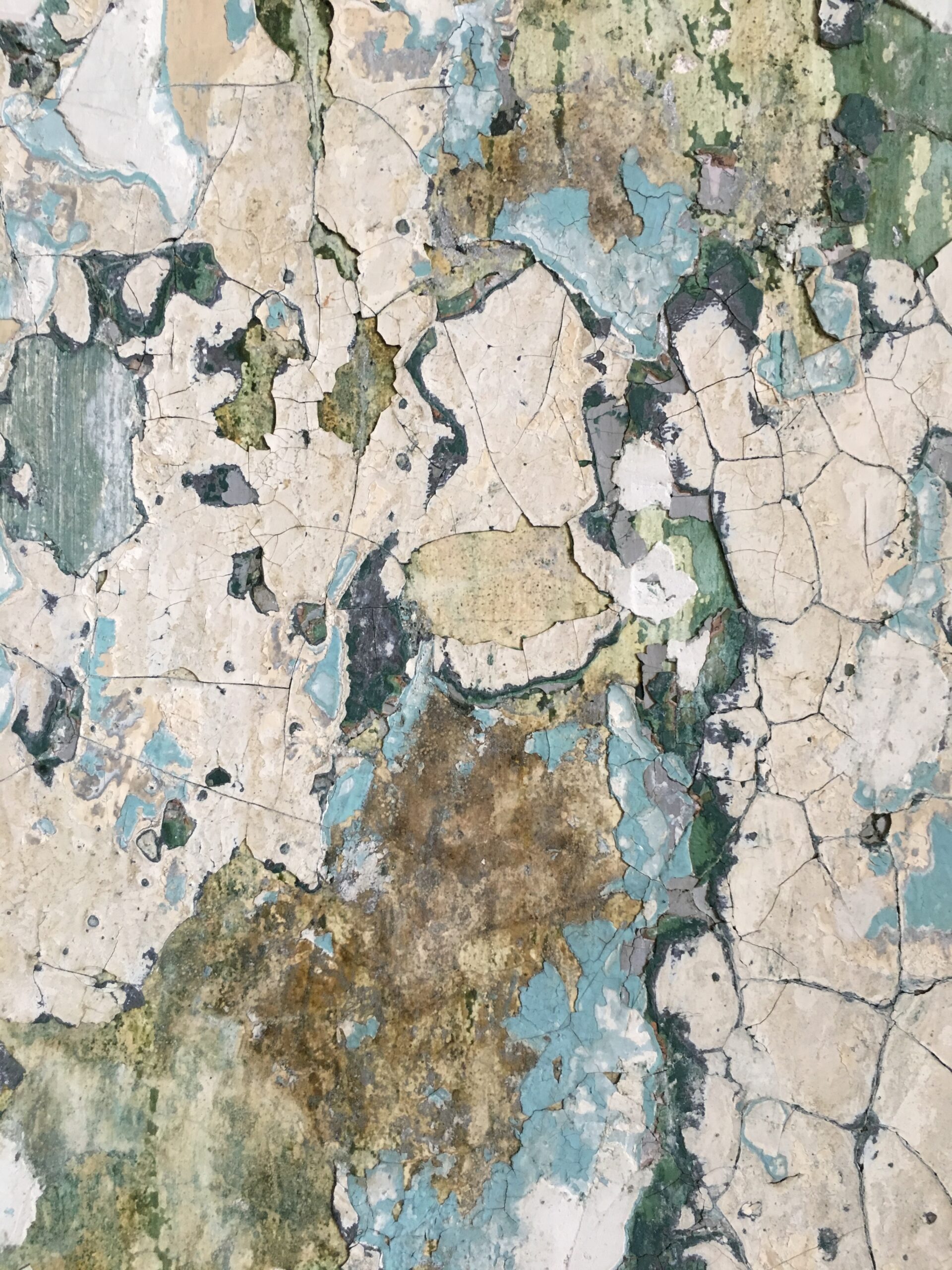
The Influence and Appeal of Army Surplus Stores
Surge of army surplus stores post World War II
After World War II, surplus military gear flooded the market, leading to the rise of army surplus stores across the globe. These stores offered a wide range of genuine military clothing and equipment at affordable prices. The availability of surplus camouflage garments allowed civilians to access the rugged and functional appeal of military fashion. As people became increasingly fascinated by the aesthetics and history associated with military attire, army surplus stores became go-to destinations for individuals seeking unique and authentic camouflage clothing.
Military gear becoming fashion commodities
Army surplus stores played a pivotal role in transforming military gear into fashion commodities. As customers flocked to these stores, the demand for camouflage clothing increased significantly. This growing interest in military-inspired fashion prompted both established fashion designers and emerging brands to incorporate camouflage patterns into their collections. The appeal of the authenticity and history associated with genuine military clothing merged with the fashion industry’s desire to create unique and striking designs, resulting in the widespread adoption of camouflage patterns in mainstream fashion.
Mainstream Fashion Designers and Camouflage
Early use of camouflage pattern by fashion designers
Mainstream fashion designers have long been captivated by the allure of camouflage, incorporating the pattern into their collections as early as the 1960s. Designers like Yves Saint Laurent and Pierre Cardin introduced camouflage-inspired garments that merged military elements with high fashion aesthetics. These avant-garde creations challenged conventional notions of what constitutes fashion and paved the way for future designers to experiment with camouflage.
Recent trends of camouflage in high fashion
In recent years, camouflage has experienced a resurgence in high fashion circles. Renowned fashion houses such as Versace and Valentino have showcased camouflage-inspired pieces on their runways, demonstrating the pattern’s ability to seamlessly integrate into and elevate the world of high fashion. These designers have reimagined camouflage by incorporating luxe fabrics, intricate detailing, and innovative silhouettes, making it a symbol of sophistication and style. The presence of camouflage in high fashion collections further blurs the boundaries between military-inspired clothing and mainstream fashion.
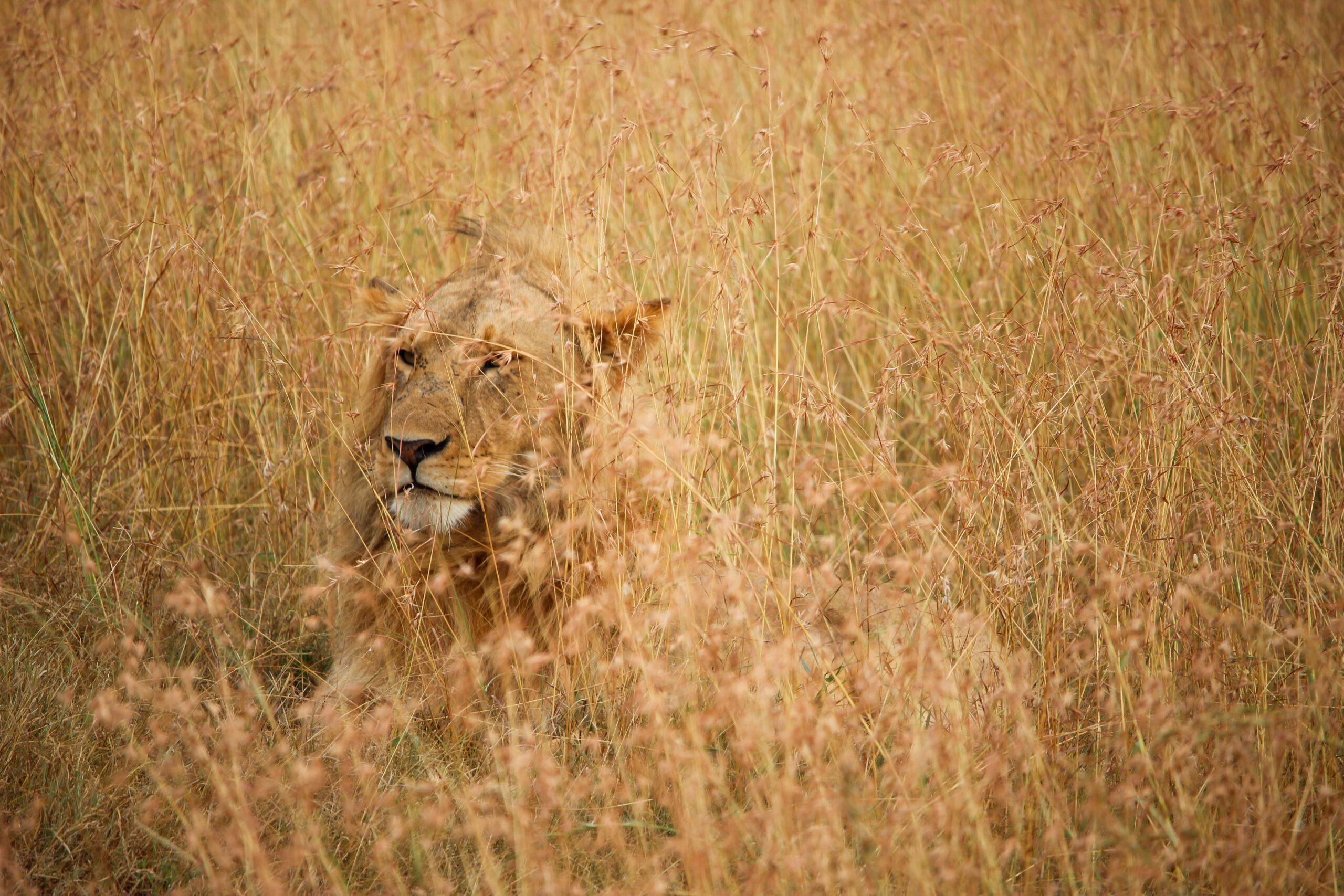
Influence of Celebrities and Icons on Camouflage Fashion
Adoption of camouflage by popular music artists
Celebrities have played a crucial role in popularizing camouflage fashion. Iconic musicians, particularly those from the rock and pop genres, have frequently incorporated camouflage into their stage attire, influencing their fans and shaping trends. From the legendary Michael Jackson to modern-day artists like Rihanna and Beyoncé, camouflage has become a statement of both personal style and cultural influence. When a celebrity showcases a camouflage outfit, fans often rush to emulate the look, propelling camouflage fashion into the mainstream consciousness.
Film and television influence on the popularity of camouflage
The influence of film and television on camouflage fashion cannot be underestimated. From action-packed movies like Rambo and Apocalypse Now to television series like MAS*H, Hollywood has portrayed military-inspired fashion in a way that holds a certain fascination for audiences. The rugged, rebellious appeal exuded by actors like Sylvester Stallone or Bruce Willis, clad in camouflage attire, resonates with viewers and inspires a desire to emulate that style. The power of these influential media platforms has undoubtedly contributed to the enduring popularity of camouflage fashion.
The Role of Counter Culture in Camouflage Adoption
Significance of camouflage in the punk movement
The counter-culture movements of the punk era embraced camouflage as a powerful symbol of rebellion and nonconformity. In the 1970s, punk fashion sought to challenge societal norms, and camouflage became a key element of the punk aesthetic. Punk bands like The Clash, Sex Pistols, and Dead Kennedys often wore camouflage attire on stage, using it as a statement against authority and the status quo. The integration of camouflage into punk fashion amplified its association with subversion and individualism.
Camouflage in the hipster and bohemian trends
Camouflage fashion continued to evolve and find relevance in subsequent counter-culture movements. The emergence of the hipster and bohemian trends in the early 2000s introduced a new generation to the artistic and whimsical side of camouflage. These subcultures displayed a penchant for irony, mixing traditional camouflage patterns with unexpected colors or pairing them with vintage and retro-inspired pieces. Camouflage became a means of expressing a distinct personal style and rejecting mainstream fashion norms.
Camouflage As a Political and Social Statement
Camouflage in protest movements
Throughout history, camouflage clothing has been adopted as a powerful symbol of protest and resistance. Activists often wear camouflage attire to convey a message of unity and determination against oppressive regimes. From the Black Panther Party in the 1960s to the contemporary Black Lives Matter movement, camouflage has been utilized as a means of showing solidarity and fostering a sense of shared purpose. By appropriating the visual language of the military, protestors reclaim the symbol and use it to challenge societal structures.
Use of camouflage in gender and identity expression
Camouflage has also found a place in the realm of gender and identity expression. The pattern’s association with masculinity and military strength has been challenged by individuals exploring their gender identities and rejecting societal norms. Camouflage apparel and accessories are now being embraced by people of all genders as a means of expressing their authentic selves and challenging traditional notions of gender presentation. The adoption of camouflage as a symbol of empowerment and inclusivity highlights its versatility as a form of personal expression.
Modern Variations and Future of Camouflage Fashion
Emerging camouflage patterns and trends
As fashion continues to evolve, so too does camouflage. Designers and brands are constantly pushing boundaries and experimenting with new variations of the pattern. Modern camouflage patterns often incorporate bolder colors, different shapes, and innovative printing techniques. Digital camouflage patterns, which utilize pixelated designs, have gained popularity, particularly among the younger generation. These variations ensure that camouflage fashion remains relevant and exciting, capturing the attention of fashion-forward individuals.
Potential future progression of camouflage fashion
The future of camouflage fashion is poised to be multi-dimensional. As technology advances, we may witness the incorporation of functional elements, such as built-in technology or adaptive materials that offer enhanced camouflage capabilities. Additionally, collaborations between fashion designers and artists may result in unique interpretations of camouflage, melding traditional military elements with fine art and conceptual designs. As fashion evolves and societal norms shift, the versatility of camouflage ensures its place as a timeless and ever-evolving fashion trend.
In conclusion, the origins of camouflage in military history laid the groundwork for its subsequent influence on fashion. From its use in prehistoric times to its transformation into a mainstream fashion statement, camouflage has experienced a remarkable journey. Influences from the Vietnam War, hunting and outdoor activities, popular culture, army surplus stores, fashion designers, celebrities, counter-culture movements, and political and social statements have all shaped and propelled camouflage fashion. As the future unfolds, camouflage will continue to evolve, adapting to the changing landscape of fashion and society while maintaining its symbolic power and timeless appeal.
